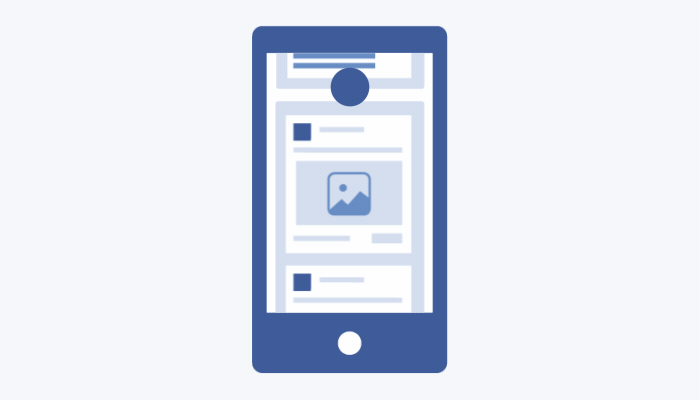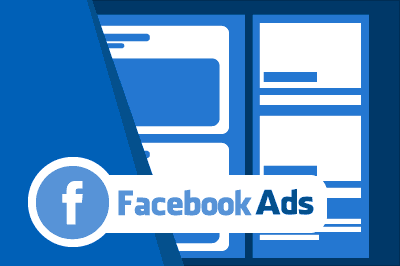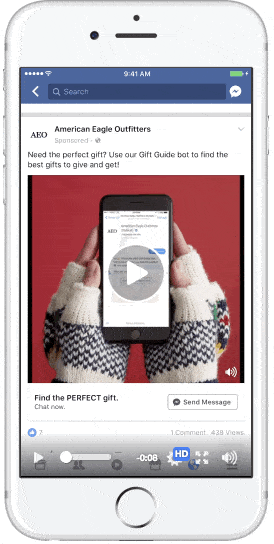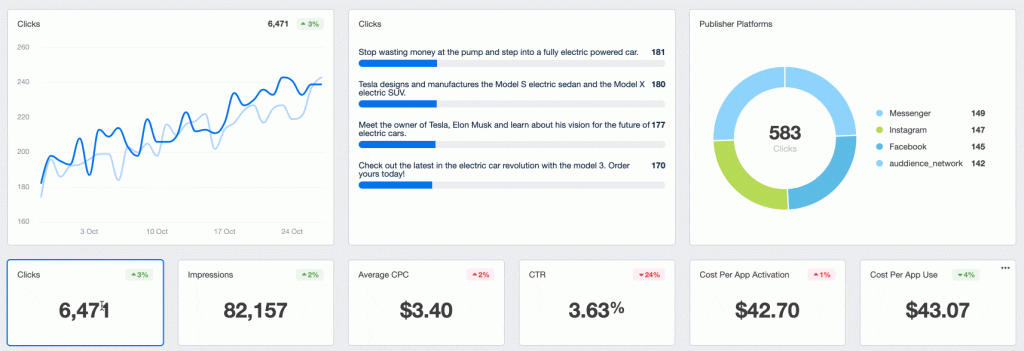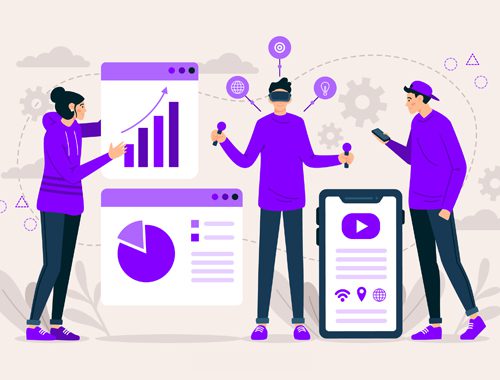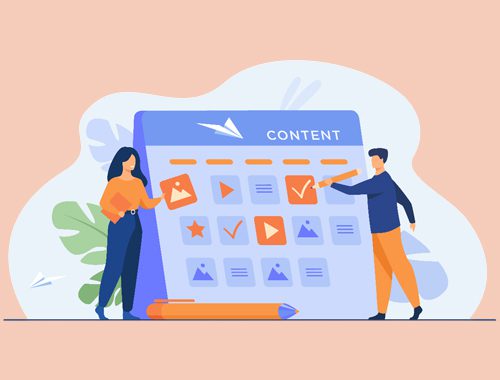How to Run Facebook Ads: Guide to Advertising on Facebook
In today’s world, countless business owners grapple with the challenge of showcasing their products or services to the right audience. It’s a significant hurdle; after all, if your offerings remain unseen, how will they ever be purchased? This dilemma is all too familiar.
Amidst an overwhelming sea of information, we’ve dedicated time to delve into effective solutions for this predicament.
A standout strategy involves digital marketing, particularly leveraging Facebook ads. Did you grasp that over 2 billion individuals engage with Facebook every month? That represents a vast audience eager to learn about what your business has on offer! Our article intricately guides you through running Facebook Ads step-by-step, simplifying the online advertising process for anyone ready to embark on it.
From initiating your campaign to dissecting its performance – we’ve got it covered. Eager for an influx of customers? Continue reading.
Understanding Digital Marketing
Digital marketing helps businesses reach people online. It includes many ways to connect, like social media and email.
What is digital marketing?
Digital marketing is the way we promote products or services online. It uses different methods to reach people through devices like phones and computers. We can use social media advertising, email, search engines, and websites to connect with our target audience.
This type of marketing helps us grow our business in many ways. We can track what works best for us by measuring results from each campaign. This learning process allows us to improve over time.
Knowing our audience well makes it easier to choose the right channels for effective advertising on social media platforms like Facebook.
Types of digital marketing channels
There are many types of digital marketing channels we can use to reach our audience. Social media is one of the most popular. Platforms like Facebook allow us to create ads that target specific audiences.
Email marketing is another channel that helps us connect directly with customers. We can share news, offers, and updates through emails.
Search engine marketing is also vital for visibility. It helps our website appear in search results when potential customers look for products or services we offer. Content marketing engages users through blogs and articles, sharing useful information related to our business.
Each channel plays a unique role in our advertising strategy, helping us achieve our goals effectively while monitoring ad performance closely.
Benefits of digital marketing
Digital marketing offers many benefits for business owners. It helps us reach our target audience effectively. We can select specific groups to see our ads. This ensures that we spend our budgets wisely on the right people.
We gain valuable insights from digital marketing. Understanding ad performance analysis helps us improve future campaigns. By measuring results, we can learn what works best and refine our strategies for better outcomes.
With paid advertising, such as Facebook ads, we create engaging visuals that grab attention and drive sales.
How to Create a Digital Marketing Strategy
To create a digital marketing strategy, we start by setting clear goals. We then identify who our target audience is to make sure our efforts hit the mark.
Set SMART goals
Setting SMART goals is key to success. We need our goals to be Specific, Measurable, Achievable, Relevant, and Time-bound. This helps us focus our efforts on what truly matters for our Facebook Ads campaign.
For example, instead of saying we want more sales, we could state that we aim to increase online sales by 20% over the next three months through targeted ads. This clear goal guides our decisions about advertising objectives and budget allocation.
It also allows us to track progress and adjust strategies as needed. By defining SMART goals, we position ourselves for better results in social media marketing efforts.
Identify your target audience
Identifying our target audience is crucial for effective Facebook marketing. We need to know who we want to reach with our ads. This helps us create campaigns that speak directly to them.
By selecting specific audiences, we increase the chance of engagement and sales.
We can use tools on Facebook Ads Manager to narrow down our audience. We look at factors like age, location, interests, and behaviours. Understanding these details makes our ad placement more efficient and optimises our ad budgets.
With a clear picture of who we are targeting, we can move on to creating engaging visuals that capture their attention effectively.
Create a budget
Creating a budget is key for our Facebook ad campaigns. We must decide how much we are willing to spend. Setting a clear budget helps us manage our ad accounts better. It also allows us to allocate funds wisely across different ads.
We should consider the length of our campaign and set daily or lifetime budgets. Choosing an amount that fits our business goals is vital too. Tracking spending and adjusting as needed will help us optimise ad budgets for success.
This way, we can measure results effectively and improve future campaigns based on what works best.
Select digital marketing channels
Selecting the right digital marketing channels is key for success. We can choose from many options like social media, email, or search engines. Each channel has its own strengths. Facebook ads are powerful because they allow us to target specific audiences effectively.
We need to understand our audience deeply. Knowing who they are helps us decide where to advertise for the best results. The step-by-step guide shows how to start a new campaign and select our ad objectives on Facebook easily.
By using targeted strategies, we can make sure our budget counts and improves results over time.
Refine and improve your efforts
We can refine and improve our efforts by constantly learning from our results. Measuring the performance of our Facebook ads helps us see what works. We need to check metrics like clicks, impressions, and engagement.
This data shows us how well our ad campaign is doing.
Testing different ads is also key to success. Small changes often lead to big improvements. For example, we might try new images or change the text in our ads. Each time we run a Facebook ad, we gain valuable insights into our target audience’s preferences.
Using these insights ensures that we keep optimising ad budgets while targeting specific audiences effectively.
Next, let’s explore navigating challenges and maximising results in digital marketing.
Running Successful Facebook Ads
Running successful Facebook ads starts with clear goals. We then need to manage our budget wisely and use smart strategies to reach the right people.
Define your goals
Defining our goals is the first step in running effective Facebook ads. We must choose specific objectives for our campaigns. Each ad should have a clear purpose, whether it’s to raise brand awareness or drive sales.
Setting these targets helps us stay focused and measure success.
We suggest setting SMART goals: Specific, Measurable, Achievable, Relevant, and Time-bound. For example, we could aim to increase website visits by 20% in one month. This clarity will guide our campaign management and help us create ads that resonate with our target audience.
Budget allocation and bidding strategies
After we define our goals, we need to focus on budget allocation and bidding strategies. Setting a clear budget is key for our ad campaigns. We should decide how much money we want to spend each day or over the life of the campaign.
Next, we must choose a bidding strategy that fits our needs. There are options like cost-per-click (CPC) or cost-per-impression (CPM). Each method impacts how our ads perform. For beginners, it can help to start with a small budget and adjust based on what works best.
We will keep track of our spending as well as the results of our campaigns. Measuring these metrics helps us optimise ad budgets effectively for better outputs in future campaigns.
Optimisation techniques
Optimisation techniques are key to running successful Facebook ads. We must focus on adjusting our ad campaigns based on performance. It starts with setting clear objectives for each ad.
This includes goals like increasing website visits or boosting sales.
We can use A/B testing to see what works best. By changing one element at a time, we learn which version of the ad gets better results. Tracking metrics is important too. Monitoring clicks, conversions, and engagement helps us refine our strategies over time.
Understanding audience responses will guide us in managing ad accounts effectively, ensuring we achieve the best outcomes possible from our budgets.
Utilising Facebook’s targeting and retargeting options
Utilising Facebook’s targeting and retargeting options is key for our ad campaigns. We can define our target audience based on interests, demographics, and behaviours. This helps us show ads to the right people.
Retargeting allows us to reach users who already visited our site or engaged with our posts. This keeps our brand fresh in their minds.
Tracking metrics is crucial in this process. Analysing ad campaign results helps us see what works best. With Facebook’s tools, we can adjust our strategies for better performance.
The more precise we are with targeting, the higher our chances of success in creating effective ad campaigns.
Importance of tracking and analysing metrics
After utilising Facebook’s targeting and retargeting options, we focus on the importance of tracking and analysing metrics. This process helps us measure the success of our ads. It allows us to see what works and what needs change.
By tracking metrics, we can understand how our audience interacts with our ads.
Analysing ad campaign results is crucial for creating effective campaigns in the future. We learn from each campaign’s performance, using data to improve our strategies. Metrics give insight into audience behaviour and preferences.
This knowledge lets us optimise ad budgets and adjust objectives for better outcomes.
Conclusion
We covered a lot about running Facebook ads. First, we learned how to set up an account and start a campaign. Next, we explored how to define our goals and choose our audience. We also discussed ways to manage our budget wisely.
Measuring results helps us improve future ads. By using these tips, we can see real changes in our business growth.
For more help, many online resources are available for us to explore further. It’s time to take action and start advertising! Your efforts today can lead to greater success tomorrow.
Let’s make the most of Facebook ads together!

